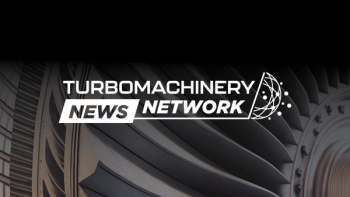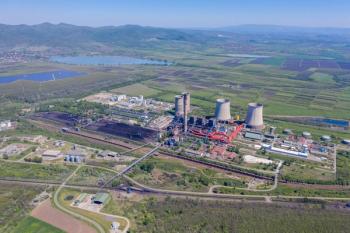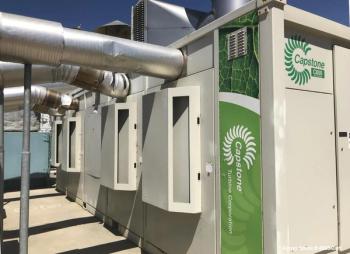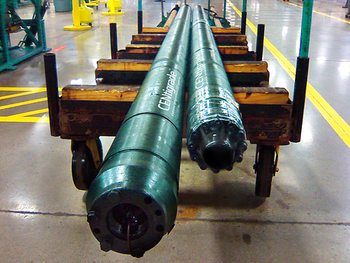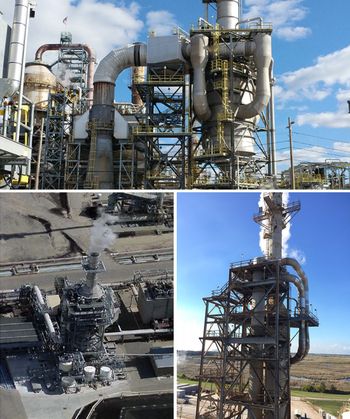
Toray to Build Mass-Production Facility for CO2 Separation Membrane Technology
Toray will upscale prototypes and conduct demonstration tests with biogas, natural gas production development companies, and other partners to accelerate practical application.
Toray Industries will construct a pilot facility to establish a mass production facility for its CO2 separation membrane technology, which may come online April 1, 2025. The company will perform demonstration tests, upscale prototypes, and validate production results in partnership with biogas and natural gas production developers, with a focus on practical applications for membrane components.
Project Details
Toray’s research laboratories already validated the high-separation performance and durability of its CO2 separation membranes in impure gas environments. The work included:
- Refining hollow-fiber spinning and thin-layer coating technologies to establish a film production process for consistently stable membranes.
- Developing core technology for manufacturing membrane elements, bundling CO2 separation membranes.
- Successfully demonstrated, over a full week, separation from biogas and exhaust gas emissions at the Tokai Plant.
The Tokai Plant demonstration confirmed applications in separating methane and nitrogen from CO2, with the biogas sample containing more than 1,000 ppm of aromatic hydrocarbons to simulate natural gas. In addition to biogas and natural gas production applications, the CO2 separation membrane technology will enhance efficiency in carbon capture and storage (CCS) and carbon capture and utilization.
Carbon-Capture Market
Natural gas-related CO2 emissions are relatively low when burned, so its use as a stable energy source may continue to grow. Despite this, a low-carbon trend emerged in recent years: developing gas fields with low CO2 concentrations. The trend increased demand for improved CO2 separation and recovery technology to lower concentrations in high-emitting gas fields. In upcoming years, companies will develop technologies to efficiently separate and recover CO2 from biogas derived from biomass, which is a mixture of methane and CO2, and from waste gases containing nitrogen and CO2.
The Global Trend
The Institute also noted accelerating momentum for CCS in industries beyond the lower-cost applications of gas processing, ethanol, and ammonia production. CCS is being integrated into industries such as cement, steel, chemical plants, power plants, and even carbon-removal technologies, such as direct air capture, bioenergy with CCS, and waste-to-energy plants.
Despite the robust growth in the CCS project pipeline, that growth is not distributed equally across the globe. Most CCS projects are being developed in advanced economies, with projects in developing economies far less common. More support is needed across the global south if climate targets are to be met.Success can only be achieved through active collaboration between the public and private sectors. Waiting for the market to deliver CCS without a strategy, cooperation between governments and project developers, or the necessary policy interventions will not achieve the scale of deployment required to meet climate goals.
Newsletter
Power your knowledge with the latest in turbine technology, engineering advances, and energy solutions—subscribe to Turbomachinery International today.

